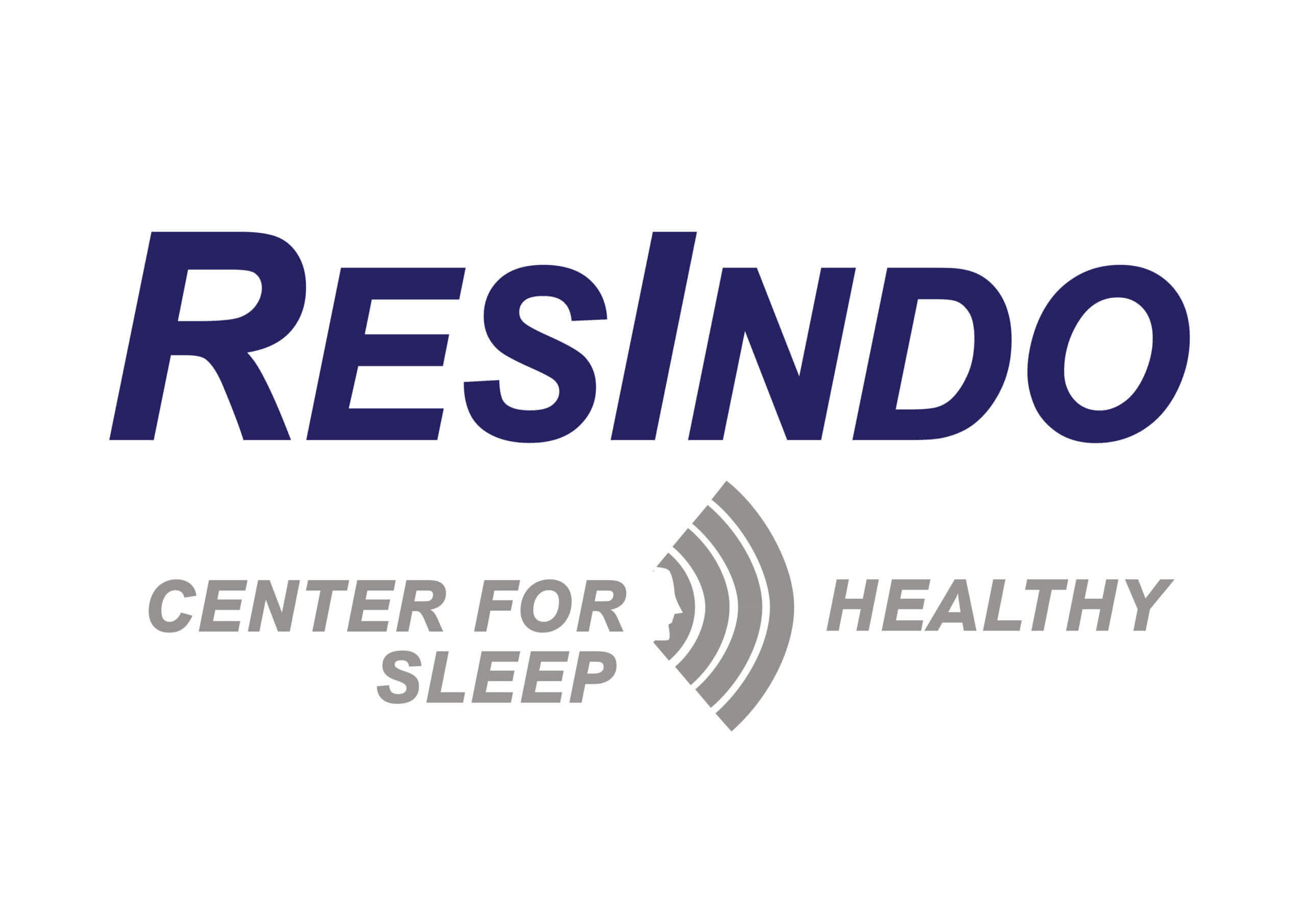Everyone has a preferred sleeping position, whether it’s on your stomach, on your back, on your side or even curled up with an extra pillow. Normally, this is just a personal choice and you think nothing of it, however it can have a significant impact on your sleep, especially if you have breathing problems.
When it’s time for bed, which position do you prefer to put yourself in before you nod off?
It’s an important question, especially if you have sleep apnea, because your sleeping position can affect the quality of your sleep, as well as how good you feel the next day.
[/et_pb_text][et_pb_text _builder_version=”4.4.6″ hover_enabled=”0″]Which sleeping position is best when you have sleep apnea?
Lying down creates different breathing conditions for your body from when you are upright.
When you’re on your feet or sitting, your airways are pointing downward, leaving breathing and airflow fairly unrestricted. However, when you lie down, your body is forced to breathe in a horizontal position, meaning that gravity is now working against your airways.
Sleeping on your back is not recommended
If you snore or have sleep apnea, you probably know that lying on your back is the worst position because gravity increases the tendency for your jaw, tongue and soft palate to drop back toward your throat, which narrows your airways and can lead to increased breathing difficulties.
Sleeping on your stomach is a bit better
Sleeping on your stomach may seem like a good alternative to solve the gravity issue because the downward force pulls your tongue and palate forward. While this is true to an extent, your mouth and nose end up being either blocked or impaired by your pillow, or your neck has to be twisted to the side to maintain breathing, all of which are counter-productive in clearing your airways to avoid snoring and sleep apnea.
Sleeping on your side is best
Research has suggested that lying on your side appears to be ideal for people who snore and suffer from sleep apnea, as their airways are more stable and less likely to collapse or restrict air.
However, this position doesn’t always come naturally to some people. It’s common for people to start off lying on their side, and then roll onto their back, where snoring and sleep apnea is at its worst.
Sleeping on your side may be your best option if you yearn for deep restful sleep and wide awake days.
The right pillow may help
A contoured pillow or one with ‘memory-foam’ which holds its shape, can help to guide your body and hold your head in the right position to keep you sleeping on your side.
[/et_pb_text][/et_pb_column][/et_pb_row][/et_pb_section]